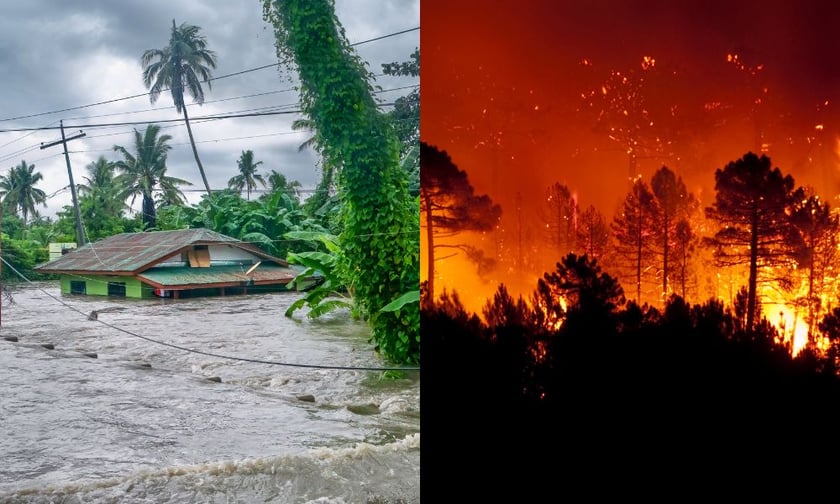

As Australia’s summer season approaches, both the New South Wales government and the insurance industry are advancing initiatives to better prepare for and respond to natural disasters.
These efforts come amid warnings from the Bureau of Meteorology (BoM) of an intensified season of extreme weather, with heightened risks across multiple states.
The NSW government said it will test advanced technologies to improve early detection and monitoring of floods and bushfires.
Part of a $3.3 million initiative by the Minns Labor government, this technology program aims to develop a comprehensive natural hazard detection system for use across the state.
The project, led by the Office of the NSW Chief Scientist & Engineer (OCSE) in partnership with the NSW Reconstruction Authority, is designed to enhance NSW’s capacity for disaster readiness and timely community warnings.
In the initial phase, participating companies will receive grants of up to $50,000 each to test technologies over a six-month period, assessing their potential in real-world scenarios. Key areas of focus include:
NSW Minister for Emergency Services Jihad Dib noted the state’s commitment to advancing disaster preparedness.
“The Minns Labor government is delivering on its election commitment to better protect communities living in high-risk areas that are prone to floods and fires through better detection systems,” he said.
He said that the goal is to use cutting-edge technology to help people anticipate and prepare for natural disasters more effectively.
Applications for Phase 1 of the initiative remain open through early December, and businesses that successfully demonstrate feasibility may progress to further stages involving larger-scale testing and implementation.
Concurrently, the Insurance Council of Australia (ICA) is pushing for industry reforms based on findings from a recent parliamentary inquiry into insurance responses to the 2022 flood events.
The House of Representatives Standing Committee on Economics recommended multiple measures aimed at strengthening the industry’s disaster response, with a focus on consumer protections. Key recommendations include:
ICA CEO Andrew Hall voiced support for these changes, viewing them as necessary steps toward more affordable premiums and stronger protections for communities at high risk.
He acknowledged the challenges the industry faced in handling more than 300,000 claims stemming from the 2022 floods, which led to $7.7 billion in insured losses. Insurers, he said, are working to address service issues highlighted by the inquiry through increased investment in staff training and digital systems to enhance claim processing.
With summer approaching, the ICA is also encouraging property owners to take steps to prepare for the increased risks of storms, bushfires, and cyclones.
BoM has warned of an elevated risk of bushfires in parts of Victoria and South Australia due to limited winter rainfall, while coastal areas on the east face a higher likelihood of severe storms and flash flooding. Warmer sea temperatures in northern Australia may also increase cyclone activity.
v
